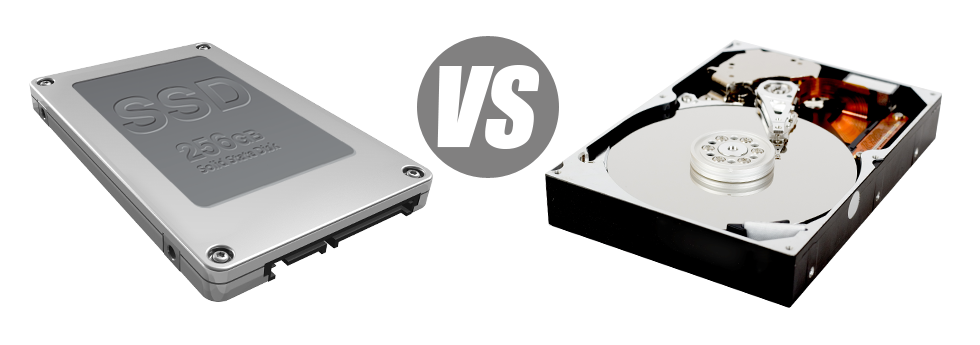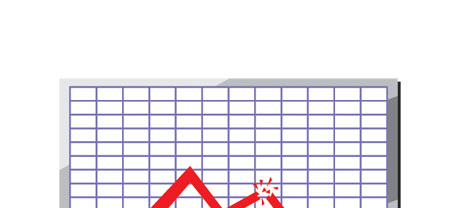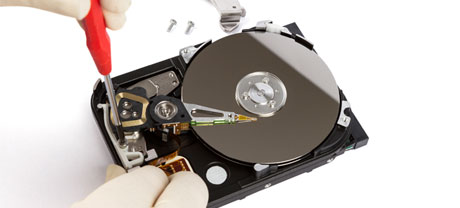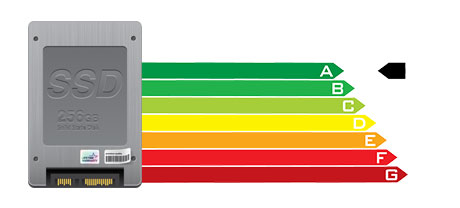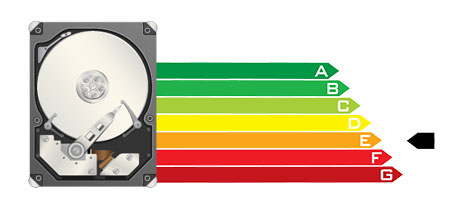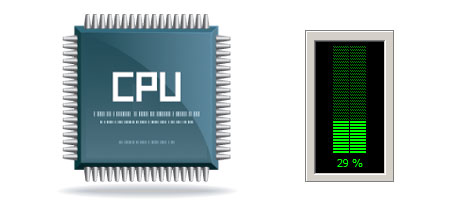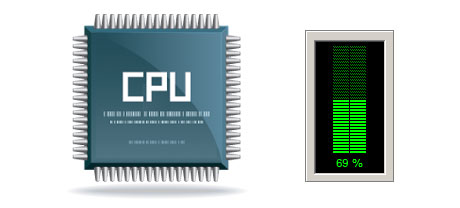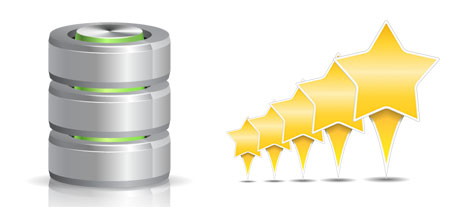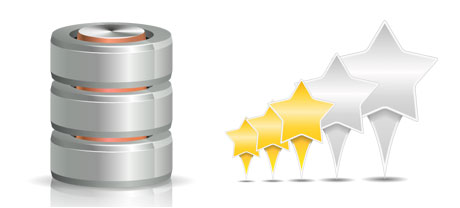For years there seemed to be only one trustworthy path to keep information on a computer – using a disk drive (HDD). However, this type of technology is presently showing it’s age – hard drives are noisy and sluggish; they’re power–hungry and frequently create lots of heat for the duration of intensive procedures.
SSD drives, on the other hand, are quick, consume a lot less energy and are also much cooler. They offer an innovative method to file accessibility and data storage and are years in front of HDDs with regard to file read/write speed, I/O operation and also energy capability. Discover how HDDs fare up against the newer SSD drives.
1. Access Time
SSD drives offer a brand–new & ingenious way of file storage using the utilization of electronic interfaces instead of just about any moving components and rotating disks. This unique technology is considerably faster, allowing for a 0.1 millisecond file accessibility time.
HDD drives rely on rotating disks for files storage uses. When a file is being accessed, you will have to await the appropriate disk to reach the right position for the laser to reach the data file you want. This ends in a regular access rate of 5 to 8 milliseconds.
2. Random I/O Performance
With thanks to the same radical strategy which allows for faster access times, you can also experience greater I/O effectiveness with SSD drives. They will conduct double the functions during a given time compared to an HDD drive.
An SSD can handle at the very least 6000 IO’s per second.
With a HDD drive, the I/O performance steadily increases the more you employ the disk drive. Nonetheless, right after it extends to a specific cap, it can’t get swifter. And because of the now–old concept, that I/O restriction is a lot below what you might have with an SSD.
HDD can only go as far as 400 IO’s per second.
3. Reliability
The lack of moving parts and spinning disks inside SSD drives, and the recent developments in electronic interface technology have generated an extremely safer data file storage device, having a common failure rate of 0.5%.
For the HDD drive to function, it must rotate two metallic disks at over 7200 rpm, keeping them magnetically stabilized in mid–air. There is a wide range of moving parts, motors, magnets and also other devices jammed in a tiny location. Consequently it’s no surprise that the average rate of failing of any HDD drive varies in between 2% and 5%.
4. Energy Conservation
SSD drives operate virtually soundlessly; they don’t create excessive heat; they don’t call for extra chilling options and then use up way less energy.
Trials have revealed the typical electric power usage of an SSD drive is between 2 and 5 watts.
From the second they have been created, HDDs have always been quite electric power–hungry systems. When you’ve got a web server with many different HDD drives, this will certainly increase the month to month utility bill.
Normally, HDDs take in in between 6 and 15 watts.
5. CPU Power
Because of SSD drives’ better I/O functionality, the key web server CPU can easily work with data file queries faster and preserve time for different procedures.
The standard I/O delay for SSD drives is exactly 1%.
If you use an HDD, you will need to invest time anticipating the outcome of one’s data file request. Because of this the CPU will stay idle for further time, waiting around for the HDD to react.
The standard I/O delay for HDD drives is about 7%.
6.Input/Output Request Times
The bulk of gTech’s completely new web servers now use solely SSD drives. Our own tests have revealed that utilizing an SSD, the normal service time for any I/O request while operating a backup continues to be under 20 ms.
Compared with SSD drives, HDDs feature noticeably slower service times for I/O requests. During a web server backup, the normal service time for an I/O query can vary somewhere between 400 and 500 ms.
7. Backup Rates
Speaking about back–ups and SSDs – we’ve found a great development with the back–up rate as we moved to SSDs. Right now, a common server back–up can take only 6 hours.
On the flip side, on a web server with HDD drives, a comparable data backup might take three or four times as long to complete. A complete backup of any HDD–powered web server typically takes 20 to 24 hours.
With gTech, you will get SSD–operated web hosting services at cost–effective price points. The cloud website hosting plans as well as our Linux VPS hosting plans contain SSD drives by default. Get an website hosting account here and witness how your web sites will become much better straight away.
Hepsia
- Live Demo
Service guarantees
- All of our Virtual Private Servers provide no setup fees and work in a reliable network providing 99.9% of uptime. Full root/administrator access guaranteed.
Compare our prices
- Quickly examine the allocations and tools provided by all of our Virtual Private Servers. Discover exactly which VPS Hosting package will give you exactly what you will need to take care of your multi–media web presence with ease.
- Compare our hosting plans
Contact Us
- Contact us 24x7x365 by email or by utilizing our super–fast ticketing system. Our techs are ready to reply to your questions within 1 hour.
